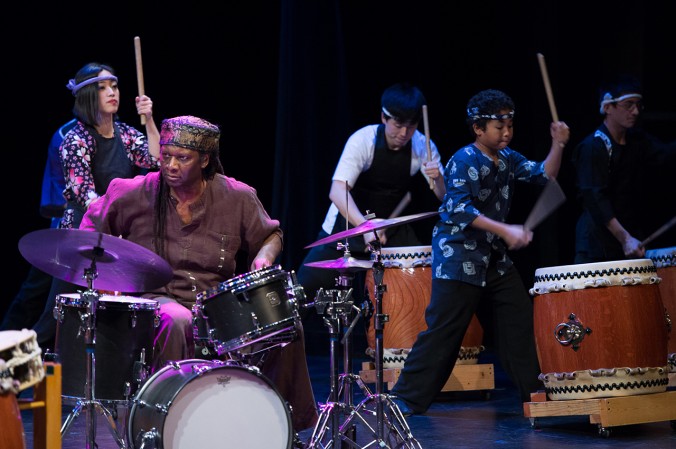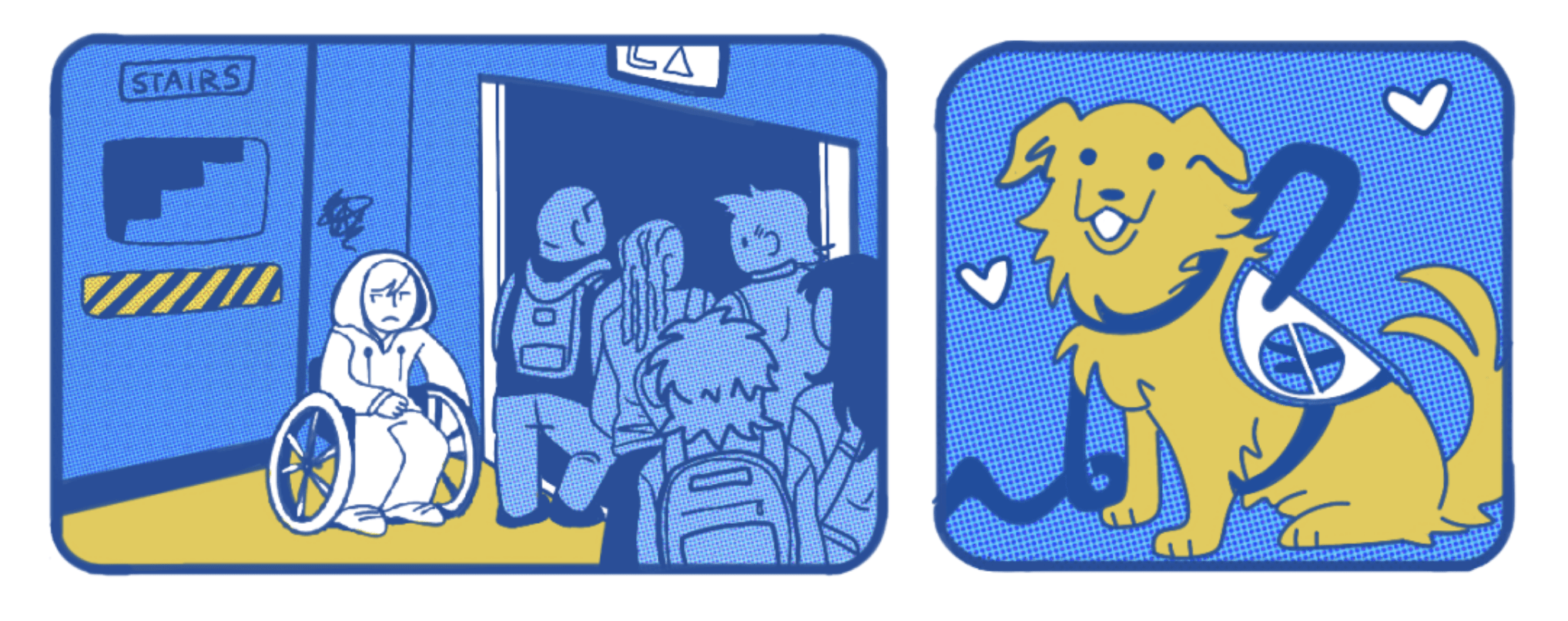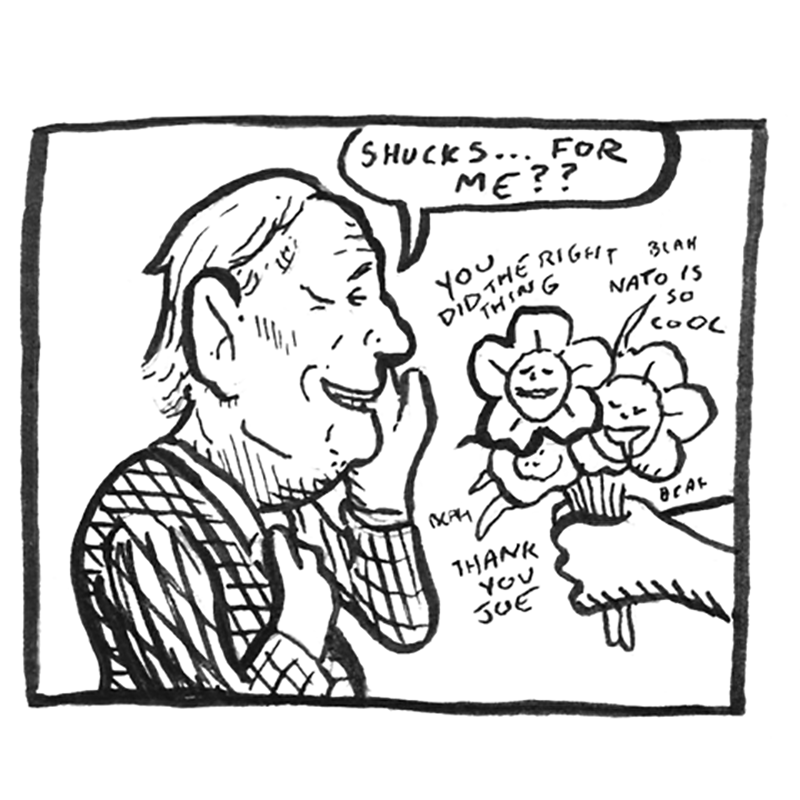Tsukasa Taiko Shines at the Museum of Contemporary Art

Tsukasa Taiko: Taiko Legacy 10. Photo: Ken Carl, courtesy of Museum of Contemporary Art, Chicago
In a beautiful fusion of tradition and experimentation, Chicago-based Tsukasa Taiko once again took to the stage at the Museum of Contemporary Art, Chicago on December 21st and 22nd, 2013 for performances commemorating the group’s tenth anniversary of bringing their ever-shifting signature blend of creative performance to the public. The weekend consisted of their more traditional performance on both days in the afternoon, “Taiko Legacy 10,” and the very first performance of the more experimental “Taiko Reduction” on the 21st. I decided to attend the Saturday performances to a get a double whammy of these amazing artists.
In Japan, the word taiko refers to any kind of drum, but outside of that country it usually conjures an image of what is specifically referred to as kumi-daiko, an all-taiko drum ensemble. In addition to Tsukasa Taiko’s magnificent performance on its own, the company’s talents in utilizing traditional Japanese music within their collaborations as a way to bring Japanese culture to the MCA audience, as well as connect with other cultures and musicians that aren’t natively Japanese, is remarkable.
There were quite a few guest artists in both performances. In “Taiko Legacy 10” there was Chizuru Kineya, guest nagauta shamisen player (nagauta is a kind of traditional Japanese music that often accompanies Kabuki theater, and a shamisen is a plucked three-stringed instrument that is played with a pick called a bachi). And, in his second appearance alongside Tsukasa Taiko in Chicago, Yasushi Shimazaki, an active member in preserving the traditional Japanese street performance style chindonya (in which performers usually work in groups to advertise for stores and dress up in colorful clothing and play various instruments). Mr. Shimazaki dazzled the crowd with his humor and talent, not to mention brightened everyone’s day with his absolutely hilarious shishi-mai (Japanese lion) dance. He also performed with internationally-recognized jazz musician, composer and Chicago native Edward Wilkerson, Jr., who also performed in “Taiko Reduction.”
Interestingly, it seemed that the audience was even further captivated by Mr. Wilkerson’s performance in the afternoon show after he was joined by Mr. Shimazaki and they played a duet together, Mr. Wilkerson playing jazz and Mr. Shimazaki playing more traditional style Japanese street music, with each person equally complementing the other. This is a statement to affirm that Tsukasa Taiko’s mission to merge with other artists and cultures is so important and shows that they can retain and uphold tradition while at the same time “challenging themselves and us to pursue concepts that deeply echo our diverse cultural experience with forward-looking and innovative approaches,” as described in the MCA performance brochure. Another awe-inspiring and touching example of this strength is found in the performance of guest drummer Dohee Lee, especially in light of the historical conflict between Japan and Korea. Her performances were truly powerful and unforgettable.
Tsukasa Taiko’s innovation is not only seen in the melding of musical styles and musicians, but also mediums as well; in quite a few performances there were dance performances going on simultaneously with the drumming. In the evening show, “Taiko Reduction,” performances mainly centered on a fusion of traditional Japanese music and jazz as well as collaborations between music and dance for some of the pieces. Traditional Japanese dance was performed by Grandmaster Shunojo Fujima and Yoshinojo Fujima, and contemporary dance performances were by Ayako Kato. One piece that really stood out, not only as an example of great taiko, but as an example of wonderful collaboration was “Drumming The Legacy,” in which senior taiko drummer Eigen Aogi performed alongside percussionists Michael Zerang and Hamid Drake. Everything about this piece just clicked, with all three percussionists working in perfect harmony. I loved being able to see and hear the skills of all three drummers truly equally, and in perfect sync.
All in all, both shows blew me away, not only in the technical skill and talents of the performers, but also in the directors’ innovation and creativity. Tsukasa Taiko is really one in a million.




















